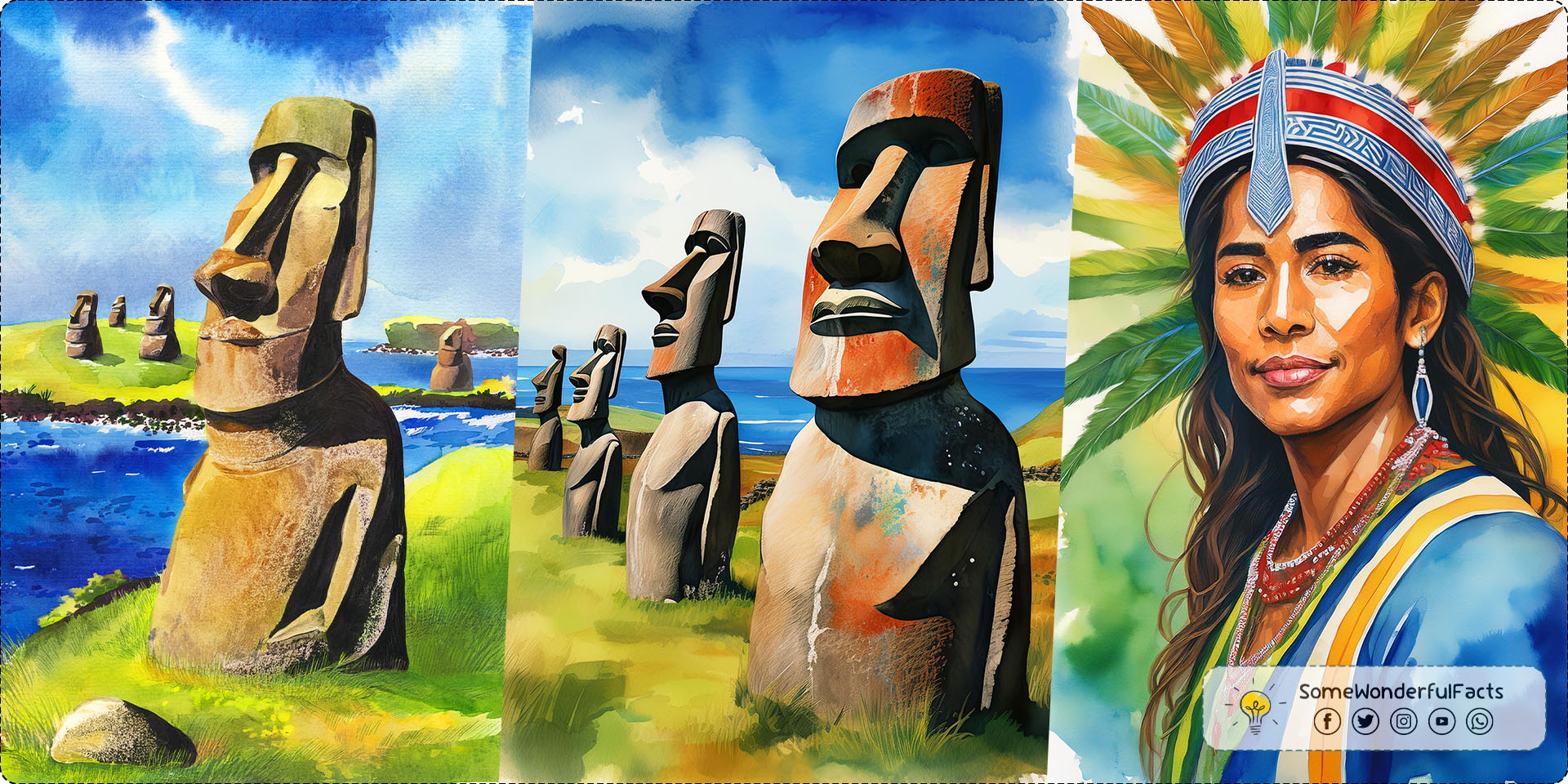The Cultural Achievements Of The Heian Period In Japan
The Heian Period, from the 8th to the 12th centuries, marked a golden age of Japanese culture, characterized by refined aesthetics, aristocratic elegance, and literary achievements. The imperial court in Heian-kyo (modern-day Kyoto) became a center of artistic and literary patronage. Lady Murasaki Shikibu’s “The Tale of Genji” and Sei Shonagon’s “The Pillow Book” are among the most celebrated works of Heian literature. The Heian period also saw the development of distinctive Japanese art forms, such as yamato-e painting and calligraphy, contributing to a unique and enduring cultural legacy.
The Heian Period, from the 8th to the 12th centuries, marked a golden age of Japanese culture, characterized by refined aesthetics, aristocratic elegance, and literary achievements. The imperial court in Heian-kyo (modern-day Kyoto) became a center of artistic and literary patronage. Lady Murasaki Shikibu’s “The Tale of Genji” and Sei Shonagon’s “The Pillow Book” are among the most celebrated works of Heian literature. The Heian period also saw the development of distinctive Japanese art forms, such as yamato-e painting and calligraphy, contributing to a unique and enduring cultural legacy.




